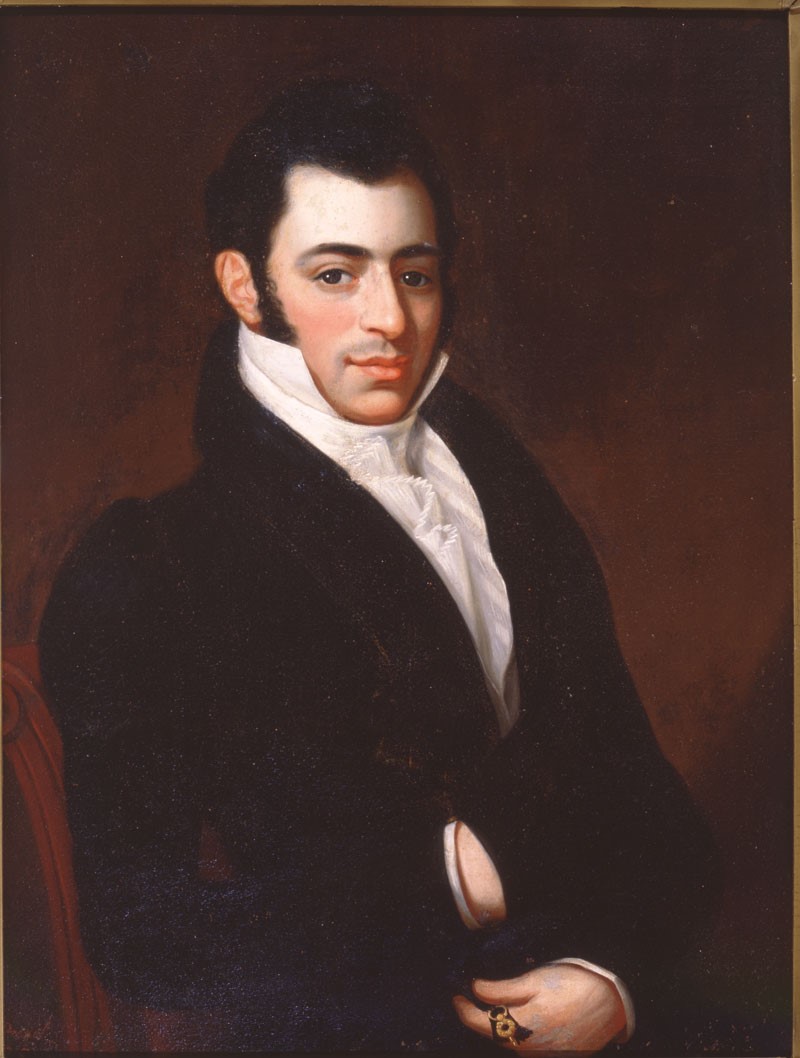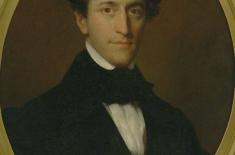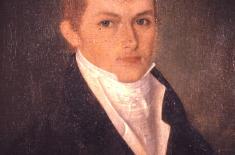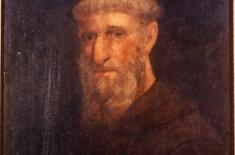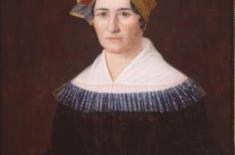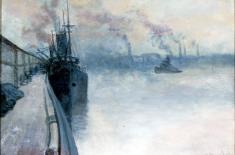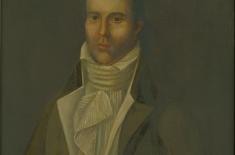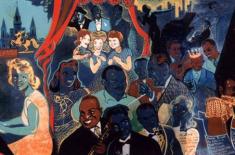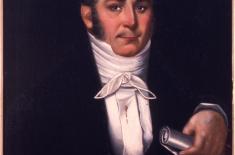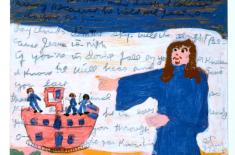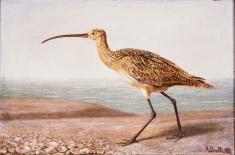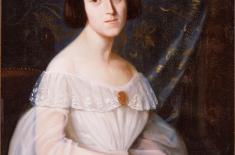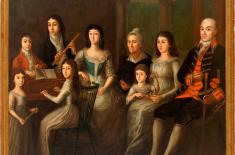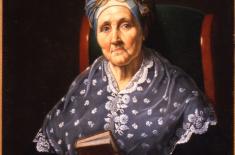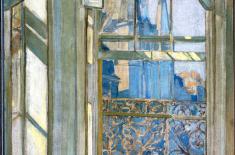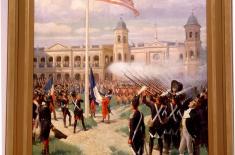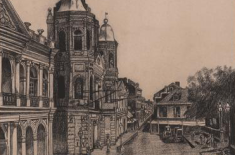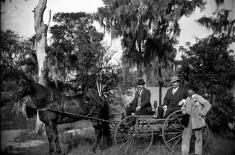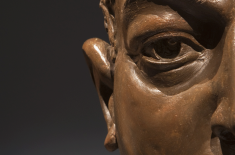Francis Martin Drexel
Austrian, 1792–1863
Drexel was in Dornbirn, Austria, and began studying painting in Italy at the age of eleven. When Napoleon seized control of the Tyrol, he was forced to leave school and return to his native city, where he apprenticed to a portrait painter. In 1809, having participated in the unsuccessful Tyrolese revolt, Drexel fled to Switzerland, where he worked as a sign painter. He immigrated to Philadelphia in 1817, exhibiting at the Pennsylvania Academy of the Fine Arts between 1818 and 1826. He traveled through Mexico and South America, relying on a commission for about 200 miniatures for income. Drexel returned to Philadelphia in 1830, also having gained first-hand knowledge of foreign banking practices.
Like the American artist Samuel S.B. Morse (1761-1826), Drexel is better known for his second career. After the Second Bank of the United States dissolved, he began speculating in bank notes and founded Drexel & Co. Drexel claimed that he could judge the individual character of the men running "Wild Cat" banks by examining their faces—a skill he attributed to his time as a portrait painter. Drexel relocated to Louisville, Kentucky, where he opened a major brokerage house. After the Panic of 1837, Drexel & Co. emerged as a leading banking house in the country. J.P. Morgan served as a junior partner. Drexel was killed by a train at the age of seventy-two. His son, Anthony Joseph, founded Drexel University. His grand-niece, Katherine Drexel, was the second American-born saint to be canonized, having founded the congregation Sisters of the Blessed Sacrament for Indians and Colored People, and Xavier University in New Orleans.

Antonio and Nina Meucci
Italian, fl. 1818–1834, and Spanish, fl. 1818–ca. 1830 (respectively)
